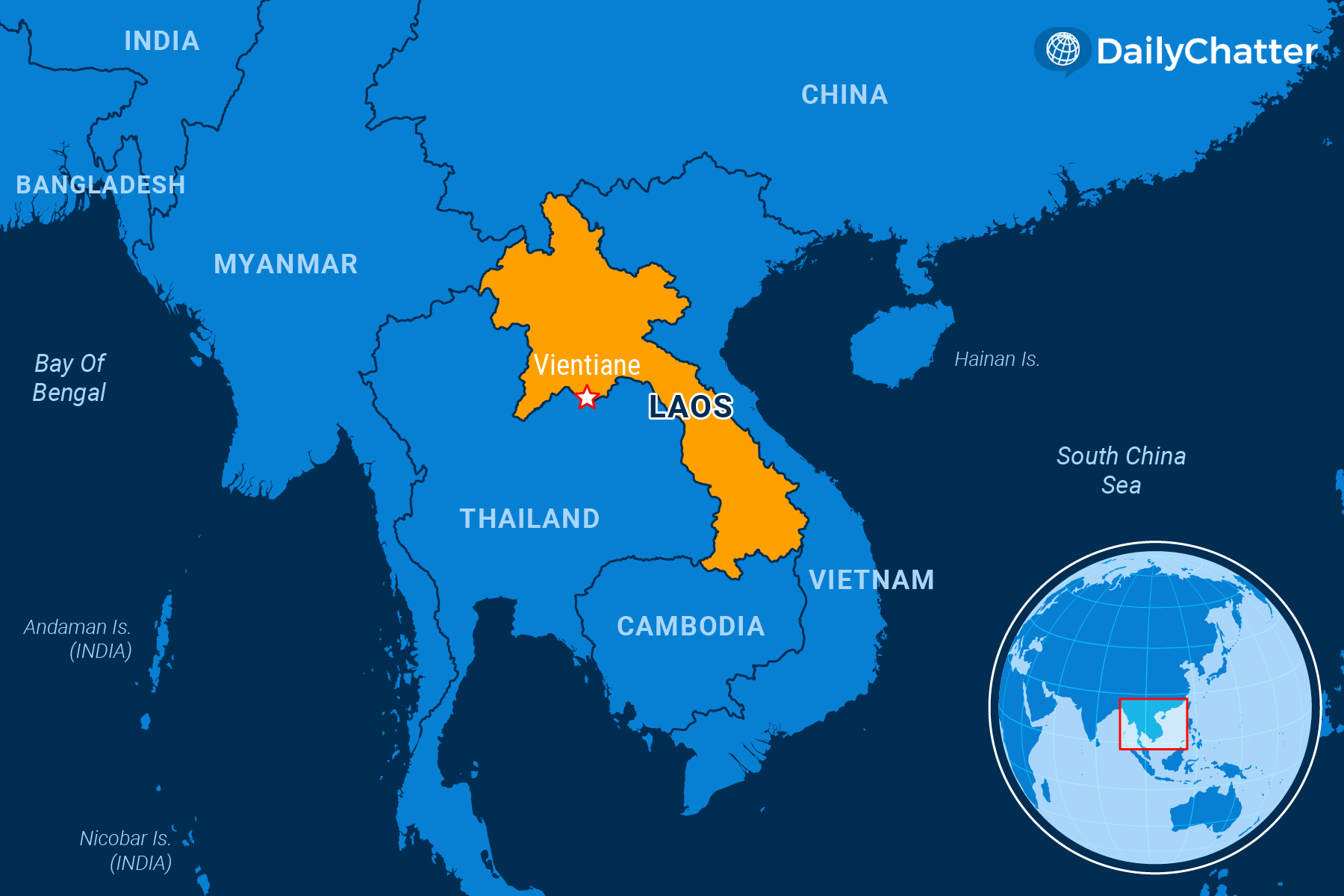The Trains To Nowhere
LAOS

When Sri Lanka defaulted on its debt in May, as the BBC reported, the resulting loss in confidence in the government led a mob to occupy the presidential palace and mansion. Photos in National Public Radio captured Sri Lankans hanging out in sumptuous offices, partying in the president’s pool and even using his gym.
As the mob shared pictures of his residence, impoverished Sri Lankans living amid food and medicine shortages became furious, forcing Sri Lankan President Gotabaya Rajapaksa to flee the country and then resign when he realized it was game over.
The episode showed how quickly an economic crisis could transition into a full-scale political and social revolution. A decade ago, Sri Lanka was still emerging from a 26-year civil war and was hailed as an Asian success story. Now, given how Sri Lanka’s crisis occurred due to excessive Chinese lending, the Wall Street Journal wrote, analysts are wondering which other countries might be next to enter into periods of chaos and instability. Many are worried about Laos.
Credit rating agencies and World Bank analyses recently warned that Laos is flirting with default due to two factors, Voice of America reported. First, rising energy costs due to the Russo-Ukraine War, higher US interest rates and other post-pandemic disruptions have caused the local currency to plunge in value. Meanwhile, the country must continue to service massive debts on Chinese-funded infrastructure projects.
Part of China’s Belt and Road initiative to improve trade routes between Asia, Africa and Europe, the projects include more than 600 miles of railways, hospitals, energy projects as well as collaboration in education, finance and other sectors explained China Daily, an English-language newspaper owned by the Chinese Communist Party.
Upheavals can result when such massive investment leads to bankruptcy and financial chaos, however, as Sri Lanka illustrates. Already, Laos’ passport office said it couldn’t cope with the massive uptick in Laotians seeking these documents in order to flee the country for work elsewhere, Malaysia’s the Star Online, reported. It’s no wonder, though, when the price of food and other necessities has jumped almost 25 percent.
Meanwhile, Prime Minister Phankham Viphavanh has admitted that corruption is the main driver of Laos’ situation: He told the National Assembly last month “that embezzlement by executives and staff, combined with poor management, are the main reasons for the chronic losses racked-up by 178 state enterprises,” the Diplomat reported.
At the same time, the International Federation of Human Rights lamented the lack of progress in tolerating free speech, political dissidence and other rights in Laos. But many Laotians have become disgruntled enough to air their opinions. That’s in one of the world’s poorest, most isolated countries where the population has been cowed for decades.
“People are losing their fear and not scared to be openly critical because the economic crisis is affecting their daily lives,” wrote an anonymous Laotian in a social media post quoted in Nikkei Asia. “Social media is the only avenue they can do so in Laos’ repressive political environment.”
Despite that sentiment, Bloomberg predicted that the ruling Lao People’s Revolutionary Party would weather the crisis, describing the party as a “secretive communist regime that’s had an ironclad grip on power since 1975,” two years after the US ended its secret bombing runs over the country in the Vietnam War. That said, Laotian officials, perhaps reaching for a safety valve, have scheduled minimum wage hikes to help ameliorate the cost-of-living crisis, noted Radio Free Asia. And there are rumblings of some high-level heads to be sacrificed, Bloomberg noted.
That move could be the first of many that the regime and its critics make.

No comments:
Post a Comment